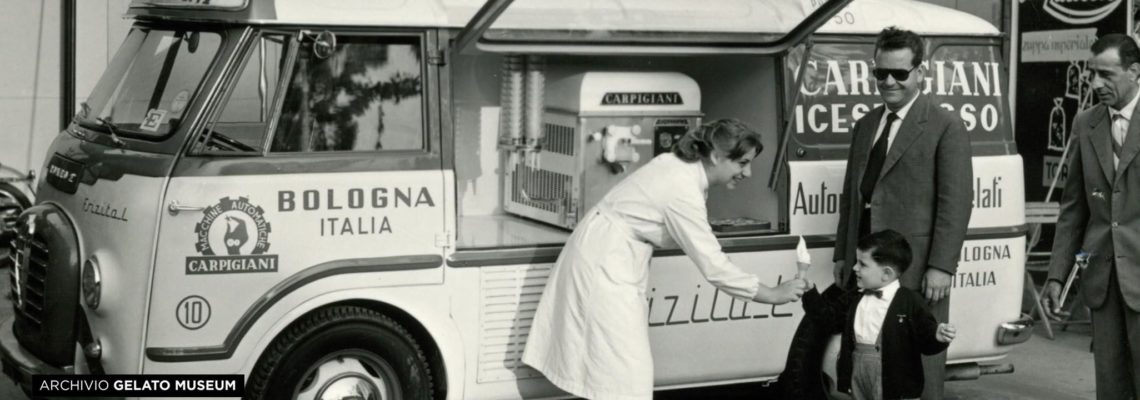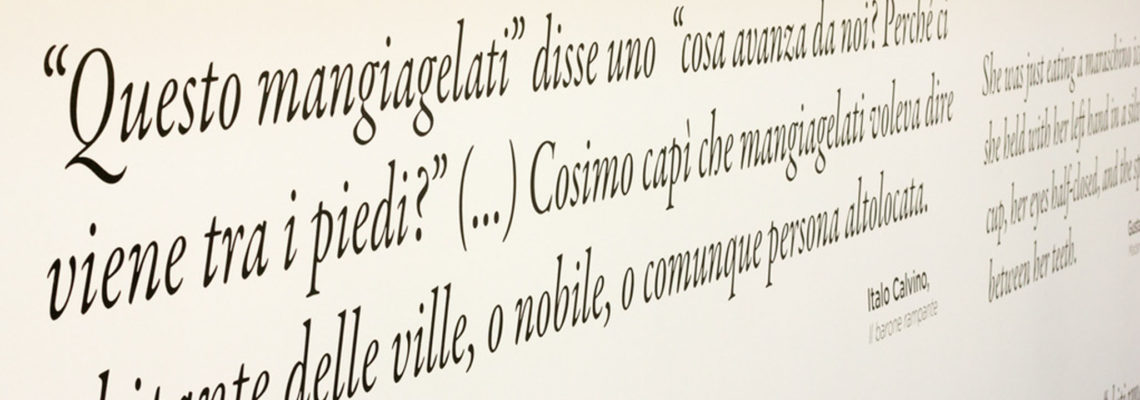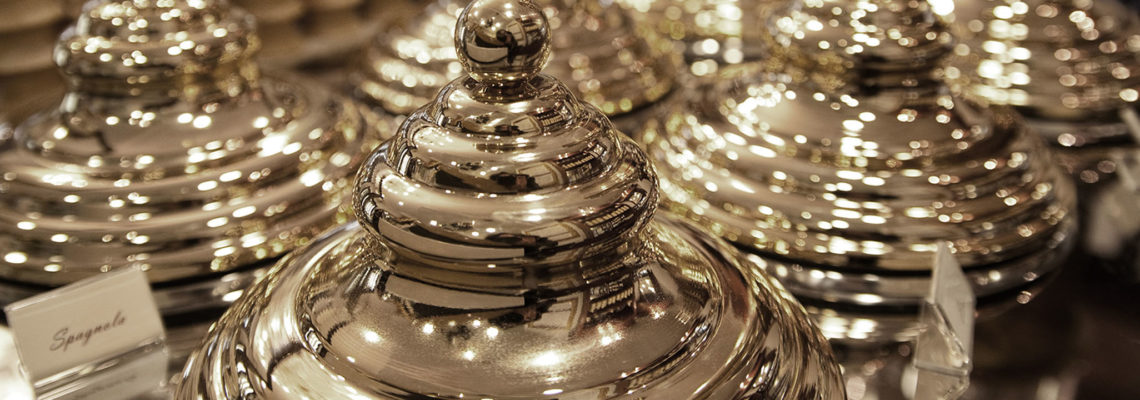12,000 BC TO 13TH CENTURY AD
FROM SNOW WELLS TO SORBET.
In Mesopotamia, dispatch runners travelled one hundred kilometres on foot to get the snow and ice necessary to cool the drinks served during the royal banquets and religious ceremonies held at Mari Palace. During endless feasts, the Romans paraded their gold and silver colj nivarum, using them to filter the snow. The Arabs developed shrb (sugar syrup) and in Palermo they grew 400 different types of flowers to flavour their sorbets.… Read More
16TH – 18TH CENTURIES
GELATO AND THE BIRTH OF A NOBLE TRADE.
Caterina de’ Medici and Cosimo Ruggieri, celebrated alchemist and astrologist, took the Florentine Renaissance to Paris and they may have brought the sorbet as well. The architect Bernardo Buontalenti is credited with the egg cream gelato, but Francesco Redi and Lorenzo Magalotti made it famous by singing its praises and describing its ingredients. Francesco Procopio Cutò, later known as François Procope des Couteaux, sold Sorbets to Parisian intellectuals in his café. The Neapolitan doctor Filippo Baldini wrote that sorbet is good both for your body and your mood.… Read More
19TH – 20TH CENTURIES
ASCENT AND GLOBAL DIFFUSION OF GELATO
Customs changed over time and Gelato and Sorbets started to play significant roles in the menus of important luncheons and suppers. Sorbet,Ggelato, hard treats and frozen creams appeared in the haute cuisine recipe books. With the invention of artificial ice, Gelato moved out into the streets with the help of street vendors pushing their carts in search of new customers. It was a new era: a powerful host of Zoldan, Cadorean and Friulian Gelato artisans spread Gelato throughout the world.… Read More
1900 – 1950
FROM ICE AND SALT TO NEW TECHNOLOGIES.
To make it easier to eat Gelato in the streets, an Italian developed the cone. The Gelato shops started to take shape and to gain their autonomy. The Gelato manual was published in Italy. Science and technology were harnessed in the service of Gelato artisans, bringing innovation to Gelato production. Machines from the automatic Motogelatiera to other more sophisticated post-war batch freezers were developed.… Read More
1950 – 1985
GELATIERI AND MANUFACTURERS UNITE: GELATO BECOMES THE FLAGSHIP OF MADE IN ITALY
Gelato consumption grew rapidly, to the point where industrial ice cream made its way into the Italian market. Gelato artisans risked extinction. However, the united front of artisans and suppliers and the commitment of artisans to better train themselves resulted in a marked quality improvement. Pots and stoves were removed from the production area. The pasteuriser, a new, revolutionary machine, was able to guarantee food safety. Each year new technology was developed to provide artisans with solutions that made Gelato safer and easier to produce, freeing up the operator’s creativity. Gelato is removed from the tubs and placed in glass display cases. Dedicated trade shows are born and Gelato became a science.… Read More



